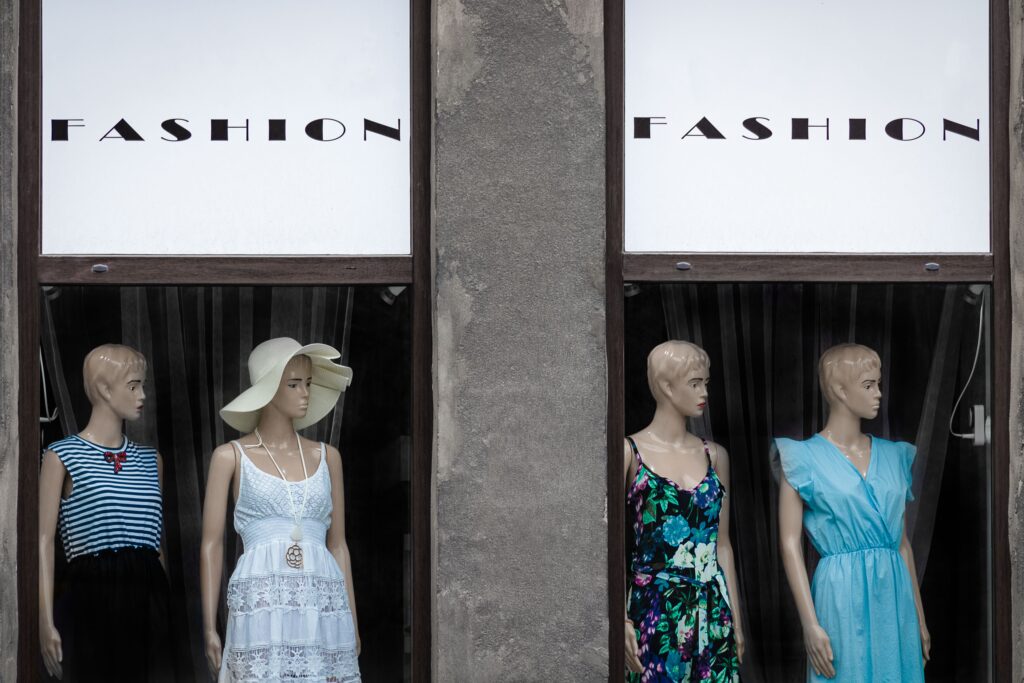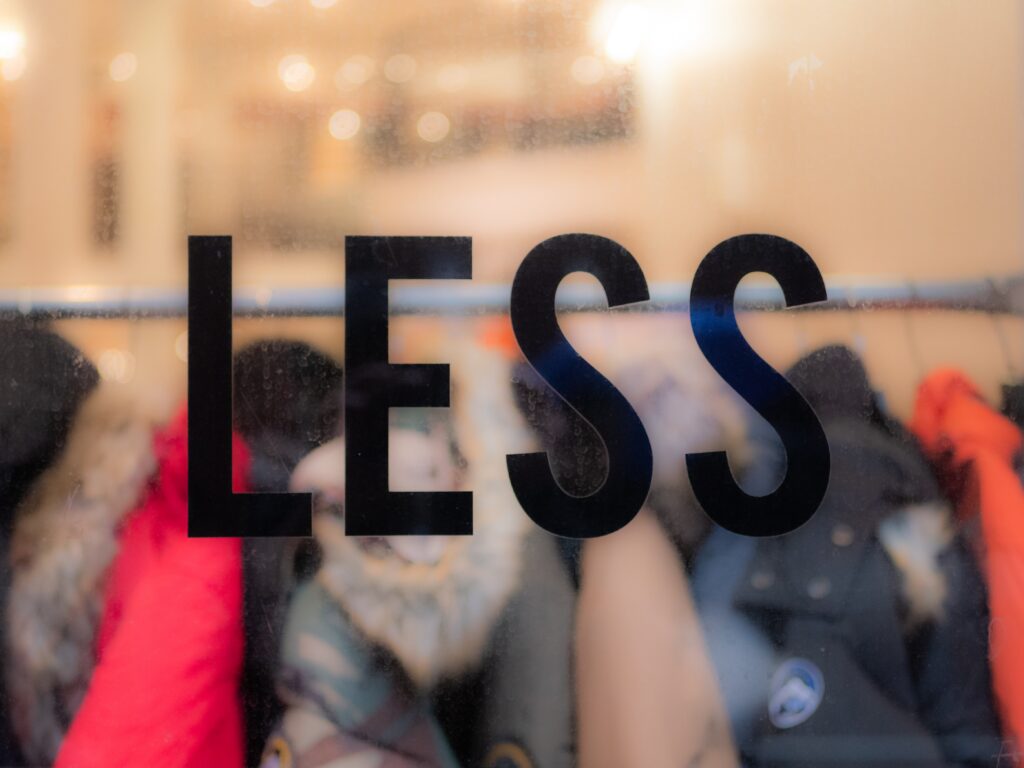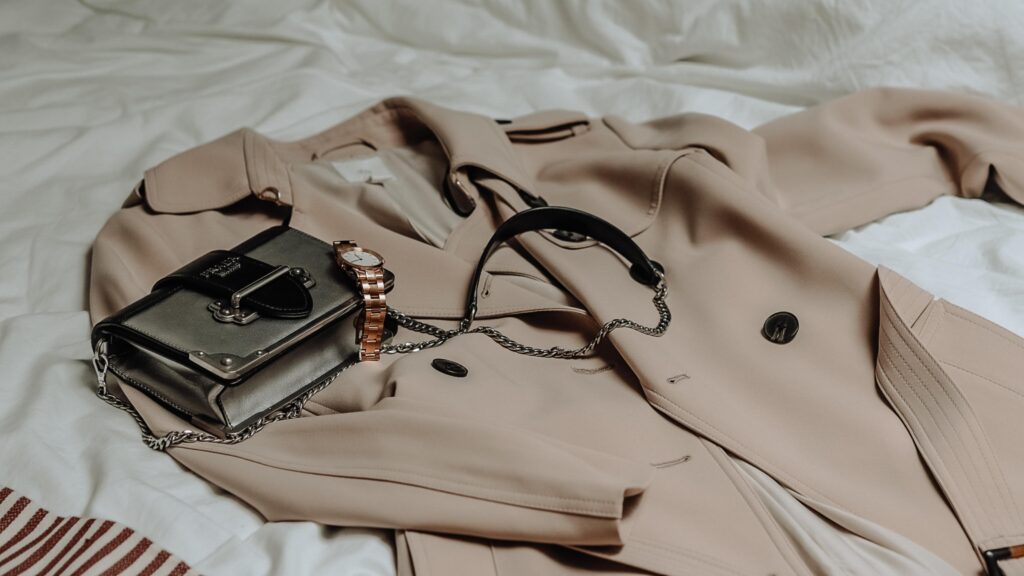
Are You Addicted to Fast Fashion? This is Why.
To Trend or Not to Trend
Now that winter is ending, people are starting to put away the puffer coats and trading them in for more airy cardigans. That short skirt, tights, and tall boots combo will soon be swapped with on-the-rise cut-out dresses and tanks. I think we have popular HBO series, Euphoria, to partially thank for that one. We all know that fashion trends are fleeting–at the mercy of what younger generations deem “in” at that exact moment in time. This is nothing short of an environmental disaster in the making. More specifically, a disaster we now know as fast fashion.
What is Fast Fashion and Why is it Bad?

Fast fashion is the term describing the rapid turnaround in the production and distribution of apparel in order to satisfy the on-trend consumer. To meet these needs, companies create a limitless variety of clothing with the goal of being worn only once or twice. After all, trends are short-lived, so why not create clothing with an even shorter lifespan?
I’ll tell you why—waste. Fast fashion practices lead to immense amounts of pollution in the forms of textile waste, CO2 in the atmosphere, and polluted water sources, to list a few. We know these consequences exist, yet many of us continue to purchase clothing that enables this cycle of waste. Brands like Boohoo, Fashion Nova, and the infamous Shein remain at the forefront of social media despite controversial production methods.
Want to know something? That outfit you just purchased through a fast-fashion retailer’s website will most likely not be in style next year. Consumers are trapped in a never-ending loop—buy more clothes to fit in, and dispose of those clothes by the end of the season—that creates more and more waste and contributes to unethical labor standards.
More Social Media Equals More Buying

We know fast fashion is an issue, yet why do so many of us feel the need to refresh (or full-on restart) our wardrobe every time a new trend arises? Part of the problem lies in social media. When we consider that 71% of consumers are more likely to purchase a product if referred to them by social media, we can start to see why so many retailers turn to influencers to promote fast fashion brands.
Social media is a double-edged sword. On one hand, if consumers are exposed to sustainable products on social media, they are more likely to purchase those products. On the other hand, many sustainable products are smaller businesses with an equally small social media presence. These small businesses also have less capital to spend on advertising, which also makes it harder to compete with large retailers. In the end, fast fashion retail giants win.
Impulse Buying. We’re All Guilty.

Constant exposure to product after product steers consumers away from sustainability by targeting our desire for instant gratification. This gratification will likely be short-lived and, soon enough, that new pair of platform boots will be left to collect dust at the back of the closet. Plus, it doesn’t help that by the time we get a chance to wear the outfit we bought, a new trend has already emerged on our Instagram feed. This issue only worsens when considering the tremendous amount of social media content consumed by the average person. The more you see, the more you want, the more you buy.
Speaking of buying, compulsive buying has also developed into a huge issue, especially for the younger population. A survey done by Medical Doctor, Astrid Müller, found that younger people tend to be at a higher risk for compulsive buying. This comes as no surprise if we take into account the increased prevalence of social media in the lives of younger generations. In fact, from 2006 to 2021 the average amount of social media usage by 18 to 29 year olds increased by a whopping 77%! It’s no wonder that so many people are buying so much fast fashion—it’s present everywhere!
Furthermore, our brains, and our wallets, love a good bargain. So much so that researchers from MIT, Stanford, and Carnegie Mellon studied the brains of test subjects as they made decisions while buying clothing. The results showed that a region of the brain called the nucleus accumbens, responsible for feeling pleasure, lit up when the subject came across a desirable object on sale. The more the subject wanted the item, the more activity was detected in the pleasure center of their brain.
How to Avoid Impulse Buying

With online shopping available to consumers 24-7, it can be hard to resist the urge to browse and add items to your cart. One solution to this is to put limits in place. That can be in the form of allowing yourself only an hour or two on certain days for online shopping or creating a budget. Another option is to remove shopping apps from your phone to avoid the temptation of online shopping. Last but not least, do not listen to marketing tactics that bombard you with pop ups like, “Carla from Cleveland just saved $300 on her purchase.” I’ll let you in on a little secret: Carla doesn’t exist.
Price is Not All That Meets the Eye

A higher price tag means higher quality and more ethical practices, right? Not exactly. Sure, rock bottom prices are a decent indicator of fast fashion retail, but higher prices don’t necessarily mean the opposite. Just because a top costs you $100 does not mean it was produced sustainably and ethically. On one end, we have retailers like Madewell and Aritzia whose chic simplicity, but high-end prices, allow them to market themselves as luxe brands. They may even claim to use some eco-friendly materials like organic cotton, but if we compare them to a known fast fashion brand like Zara, they aren’t all that different. Good on You, a business that rates retailers on sustainability and ethical practices, gives Madewell, Aritzia, and Zara the same rating (basically, a 2 out of 5).
We can very clearly see the price differences in high-end vs affordable clothing, but that increase in price does not mean that the brand is charging consumers a premium price for a sustainably-produced product. Yes, many sustainable brands will likely charge a higher price, but they back it up with sufficient evidence. For example, if a product is fair trade and made from organic cotton the price will be higher. This is because (1) the fair trade label ensures that the people who made the product are compensated fairly, and (2) using organic cotton is more labor intensive to produce considering that no herbicides or pesticides are used in the process of farming. Purchasing a product that is both fair trade and that uses organic cotton not only ensures that you are supporting the people who made your clothing, but also supporting the planet.
My Final Thoughts
To put it plain and simple, fast fashion sucks. It not only sucks for the planet, but it sucks because we are constantly exposed to it thanks to Instagram, Youtube, and TikTok. All of our friends are wearing trendy clothes, so we want to follow suit. I don’t blame anyone for struggling with purchasing fast fashion because of wanting to fit in because, let’s be real, we all just want to fit in and be accepted. I’m guilty of succumbing to the pressures of fashion trends as well, but we all have to start somewhere.
Changing the way you think about a purchase takes time. It takes time to see a purchase as an effect on the planet versus just another piece of clothing, but any small steps are steps in the right direction. Steps like buying used, mending your clothing, and purchasing from sustainable brands are all great options! If you’re thinking about buying from a fast fashion retailer (or you’ve already added items to your cart), ask yourself a couple of questions: Do I really need this? How often am I realistically going to wear this item? If you find that the answers to these questions are typical of fast fashion practices, just close out that tab or app. It’s not worth your hard-earned coin, anyway.




5 Comments
zoritoler imol
My spouse and I absolutely love your blog and find almost all of your post’s to be just what I’m looking for. can you offer guest writers to write content in your case? I wouldn’t mind publishing a post or elaborating on a number of the subjects you write with regards to here. Again, awesome blog!
Fernanda Pérez Gutiérrez
Wow, thank you so much for your kind words; I’m so glad that you enjoyed the content! Feel free to shoot me an email through the contact form and I’ll get back to you. That way, I can have you send over some prior pieces of writing to see if we’re a good fit! 🙂
Jill
Love it! When I’m buying something I also love asking myself:
– will I have to buy more in order to wear this? (Ie: to complete the outfit)
– does this work with other pieces I already own?
– do I actually like this? (Seems simple but is interesting to reflect on)
Fernanda Pérez Gutiérrez
I’m so glad you took the time to read and comment, Jill! I ask myself the SAME questions now. I grew up pretty low-income, so when I started working and could afford to buy a little more I started going crazy since fast fashion was so cheap. Well, a couple years ago I’ve started to cut back and now tell myself, “less is more,” and try my best to live by that. Small steps! 😊
Pamela
Thank you for digging into our emotions when it comes to shopping! So true, and so wasteful.